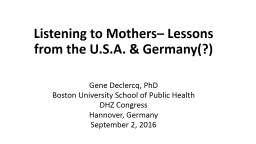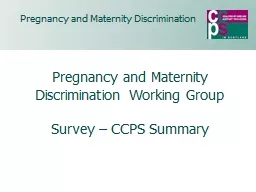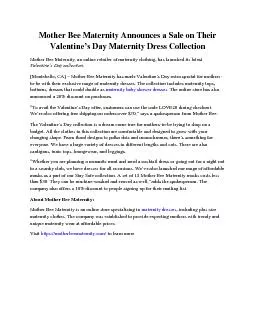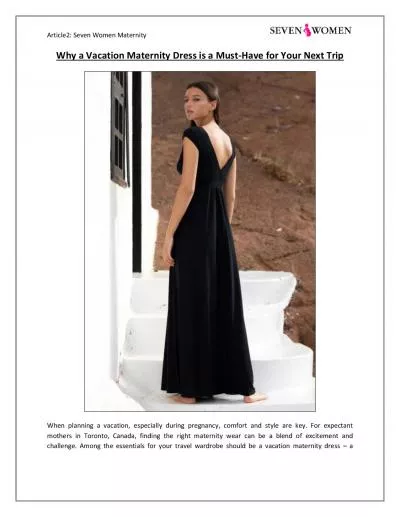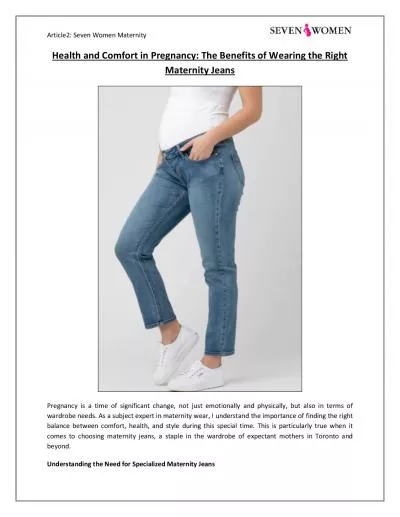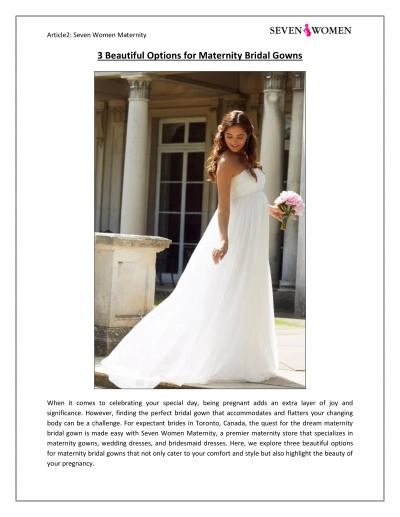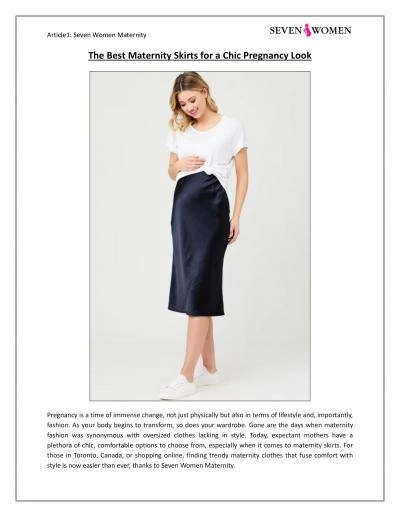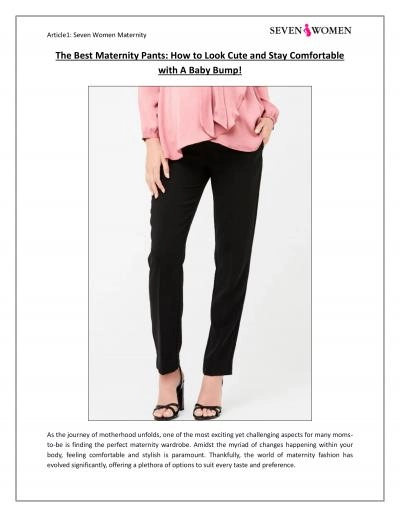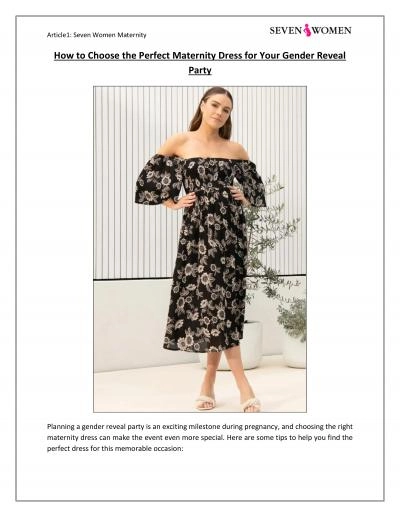PPT-What would a Maternity Care System Look Like if we Listened to Mothers?
Author : angelina | Published Date : 2024-01-29
Gene Declercq PhD Boston University School of Public Health Normal Birth Research Conference Sydney Australia October 11 2016 Presentation will involve both existing
Presentation Embed Code
Download Presentation
Download Presentation The PPT/PDF document "What would a Maternity Care System Look ..." is the property of its rightful owner. Permission is granted to download and print the materials on this website for personal, non-commercial use only, and to display it on your personal computer provided you do not modify the materials and that you retain all copyright notices contained in the materials. By downloading content from our website, you accept the terms of this agreement.
What would a Maternity Care System Look Like if we Listened to Mothers?: Transcript
Download Rules Of Document
"What would a Maternity Care System Look Like if we Listened to Mothers?"The content belongs to its owner. You may download and print it for personal use, without modification, and keep all copyright notices. By downloading, you agree to these terms.
Related Documents

